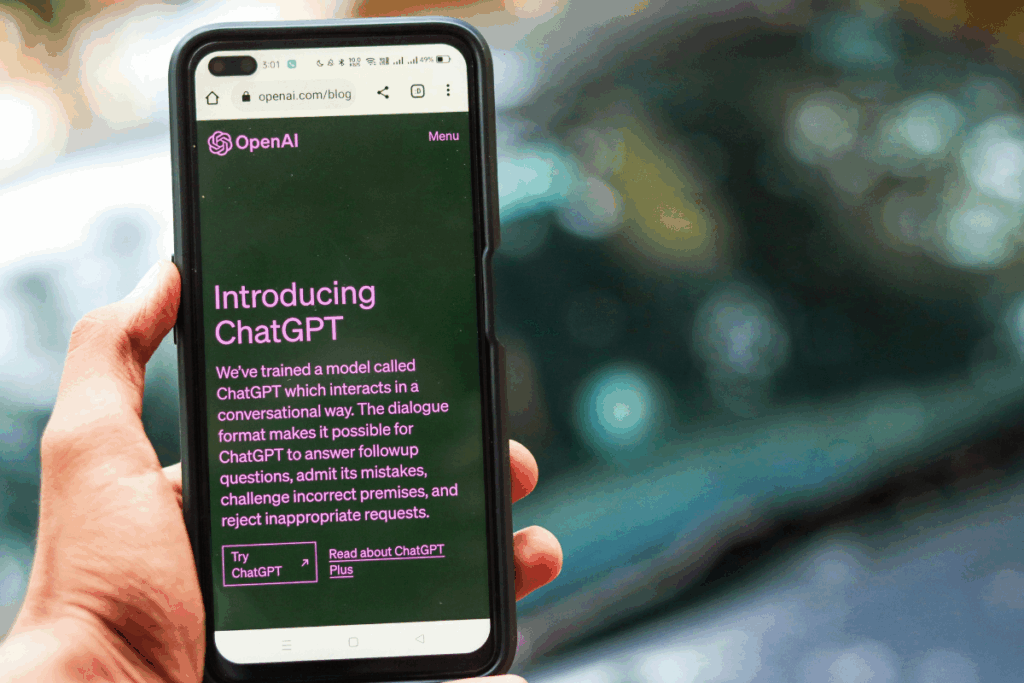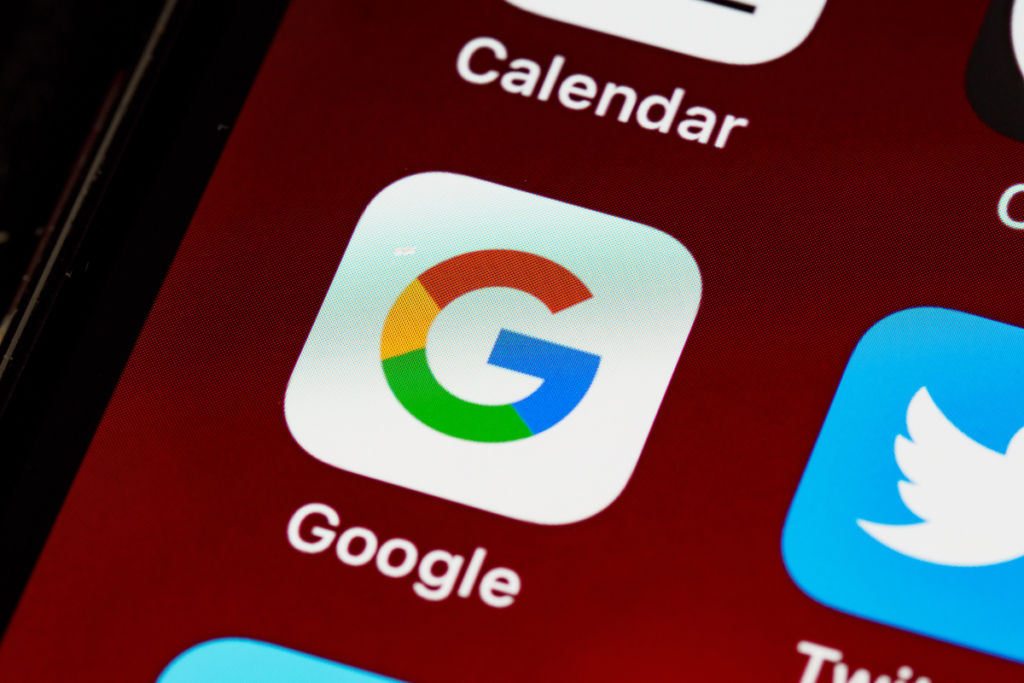
Google Ads are a powerhouse for businesses seeking to boost their online presence and attract potential customers. However, a successful Google Ads campaign isn’t just about creating ads and setting a budget.
To make the most of your advertising efforts, you need to follow best practices that can help your campaigns soar to new heights. Here are 10 Google Ads best practices that can help you achieve success.
1. Keyword Research
The key to the success of any Google Ads campaign is in-depth keyword research. It’s crucial to understand what your target audience is searching for and to identify the keywords that are most likely to lead to conversions.
There are various keyword research tools, including Google Keyword Planner and SEMrush, that you can use to discover relevant keywords for your business with high search volumes and low competition.
Remember that keyword research is an ongoing process. As market trends change and consumer behaviour evolves, your keyword strategy should adapt accordingly. Regularly update your list of keywords, removing underperforming ones and adding new opportunities.
2. Google Ads Copywriting
Crafting compelling ad copy is an art that can make a substantial difference in your campaign’s success. Your ads should be clear, concise, and attention-grabbing. Use persuasive language that highlights the unique value your business offers.
It’s also essential to include your target keywords in your ad copy to improve ad relevance and quality score.
A/B testing is your best friend when it comes to ad copywriting. Create multiple variations of your ad copy and test them to determine which resonates most with your audience. Small changes in ad text can lead to significant improvements in click-through rates and conversions.
3. Google Ads Extensions
Ad extensions provide additional information about your business, giving potential customers more reasons to click on your ad. They can significantly improve your click-through rate and enhance your ad’s visibility. Some common ad extensions include:
Site Link Extensions: Send users to chosen pages on your website.
Callout Extensions: Highlight key selling points or unique features of your product or service.
Structured Snippet Extensions: Showcase a list of product categories or services you offer.
Call Extensions: Allow users to call your business directly from the ad.
Utilise these extensions to offer more value to your audience and increase the chances of driving more traffic to your website.
4. Landing Page Optimisation
For converting clicks into customers, creating a well-optimised landing page is essential . The landing page should be consistent with your ad’s message and offer a seamless user experience. Focus on the following aspects of landing page optimisation:
Load Times: Slow-loading pages can drive users away. Ensure your landing page loads quickly, both on desktop and mobile devices.
Mobile-Friendliness: Given the increasing use of mobile devices, it’s crucial that your landing page is mobile-responsive.
Compelling Content: Your landing page should provide all the information necessary for the user to make a decision. This includes product details, benefits, and a clear call to action.
A/B Testing: Experiment with different layouts, headlines, and calls to action on your landing page to determine what resonates best with your audience.
By optimising your landing page, you maximise the chances of turning clicks into conversions, ultimately improving your ROI.
5. Quality Score Management
Google’s Quality Score is a critical metric that affects your ad placement and cost per click. To improve your Quality Score, you should ensure keyword relevance, create high-quality landing pages, and optimise your ad campaigns for click-through rate and user experience.
Keyword relevance is key. Make sure that your chosen keywords align with the content on your landing page and in your ad copy. Additionally, perform regular keyword analysis to identify opportunities for improvement. Negative keywords can also help filter out irrelevant traffic, which can boost your Quality Score.
Quality Score can significantly impact your ad budget, so keeping it high is essential to ensure your campaigns are cost-effective and competitive.
6. Budget Management
Effective budget management is critical to avoid overspending and to maximise your ROI. To get the most out of your advertising budget, follow these best practices:
Set Clear Budgets: Clearly define your daily or monthly budget for each campaign and ad group.
Monitor Spending: Regularly check your ad spend to ensure you’re staying within your budget. Adjust bids and schedules as needed.
Allocate Budgets Strategically: Allocate more budget to campaigns that are delivering the best results. This might mean increasing the budget for high-converting keywords or pausing campaigns that are not performing well.
Remember that Google Ads provides flexibility, allowing you to adjust your budget on the fly. This adaptability ensures that your budget aligns with your campaign’s performance.
7. A/B Testing
A/B testing is a powerful technique for fine-tuning your ad campaigns. It involves creating multiple versions of your ads or landing pages to identify what resonates best with your target audience. Here are some elements to consider for A/B testing:
Ad Copy: Test different headlines, descriptions, and calls to action to determine which combinations yield the best results.
Landing Pages: Experiment with different layouts, content, and forms to see which pages drive more conversions.
Keywords: Test various keywords within your ad groups to see which ones perform best.
Continuous testing and optimisation are key to improving your campaign’s performance over time. As you collect more data, refine your strategies to get the most value from your advertising budget.
8. Google Ads Scheduling
Timing is everything when it comes to advertising. Ad scheduling, also known as dayparting, allows you to display your ads at times when your target audience is most active and likely to convert. Make sure you consider the following:
Analyse Data: Use historical data to identify the times and days when your ads perform best.
Time Zones: If your target audience is in different time zones, ensure your ad schedule reflects their local times.
Seasonal Adjustments: Make seasonal adjustments to your ad schedule to account for changes in user behaviour.
Effective ad scheduling can help you save on ad spend by only displaying ads when they are most likely to generate leads or sales.
9. Google Ads Remarketing
Remarketing is a powerful strategy that allows you to target users who have previously visited your website but didn’t convert. Create tailored ads to re-engage these potential customers and bring them back to your site.
It’s a cost-effective way to boost your conversion rates, as these users are already familiar with your brand. To make the most of ad remarketing:
Segment Audiences: Create specific audience segments based on user behaviour on your site. For example, you can target users who abandoned their shopping carts or visited specific product pages.
Tailor Ad Content: Craft ad copy and offers that are highly relevant to the actions users took on your website.
Set Frequency Caps: Avoid bombarding users with ads. Set frequency caps to limit the number of times an ad is shown to the same user.
Remarketing can significantly improve your conversion rates and increase the return on investment for your ad campaigns.
10. Performance Tracking and Analytics
Regularly monitoring the performance of your Google Ads campaigns is essential to ensure that you’re getting the best possible results.
Analyse key metrics to gain insights into how your campaigns are performing and make data-driven decisions. Some of the critical metrics to track include:
Click-Through Rate (CTR): Measures how often people click on your ads after seeing them.
Conversion Rate: Monitors the number of visitors who complete a desired action, such as making a purchase through the ad or filling out a contact form.
Return on Investment (ROI): Calculates the profitability of your campaigns by comparing the cost of advertising to the revenue generated.
Quality Score: Evaluates the quality and relevance of your ads and keywords.
Use tools like Google Analytics and Google Ads reporting to track these metrics and identify areas for improvement. Continuously refine your campaigns based on performance data to ensure you’re achieving your marketing goals.
Get in Touch with Chameleon
Google Ads has the power to transform your business, but mastering these best practices can be a complex journey. Chameleon is here to help you navigate this ever-evolving landscape.
Whether it’s fine-tuning your keywords, optimising ad copy, or maximising ROI through effective budget management, we’ve got your back.
Don’t navigate the world of Google Ads alone. Reach out to Chameleon today, and let’s work together to unlock the full potential of your online advertising strategy. Your success is just one click away!
Sections:
Share This Content
More Chameleon Insights
- SEO
Google To Automatically Display Instagram Photos & Videos In Search Results
Starting from July 10th, 2025, Instagram will begin to automatically surface more public photos and videos from professional accounts in search engine results pages. In this blog, we'll breakdown what this means for click and search, and how you capitalise on this emerging trend.
27 Jun 2025
- Digital Marketing
- SEO
How To Optimise For AI Overviews: 7 SEO Tips
In this blog, we’ll breakdown our top 7 SEO tips to optimise your website for AI overviews. Ensure you don’t get left behind by the new AI revolution with Chameleon Web Services.
03 Jun 2025
- Digital Marketing
Huel: A Marketing Case Study
Learn how Huel used cutting-edge marketing techniques to take the nutrition-world by storm. Find out how you can emulate their success. Chameleon Web Services.
30 Apr 2025
- Digital Marketing
- SEO
- Web Design
Google’s Core Update March 2025: 5 Key Tips for Businesses
Instead of worrying about where your site stands, Chameleon is here to help advise you on how your busyness's website can come out stronger, rather than weaker, following Google's Core Update March 2025 update.
28 Mar 2025
- Digital Marketing
The Tesla Pi Phone Hoax: A Digital Marketing Case Study
The Tesla Pi Phone rumor which has been in circulation for years is a fascinating case study in how digital hype can take on a life of its own. But how did it happen? And what can digital marketers learn from it?
14 Mar 2025
- Digital Marketing
- Microsoft
End of an Era: Microsoft Shuts Down Skype
Skype quickly become a globally renowned platform for communications in 2003 when it was founded, disrupting the landline industry. For many families, it became a means of calling with audio and video, connecting people across the world with ease. At its peak, Skype boasted millions of users worldwide, with households and businesses adopting the platform…
07 Mar 2025
- Digital Marketing
- SEO
7 SEO Link-building Strategies that Work in 2025
We l breakdown our top 7 actionable SEO link-building strategies that you can use for your website.
14 Feb 2025
- Digital Marketing
Digital Marketing Trends to Look Out For in 2025
Digital marketing trends to look out for in 2025. Find out what marketing strategies are taking the world by storm this year and how your business can adapt.
31 Jan 2025
- Digital Marketing
Is Blogging Dead in 2025?
In the ever-evolving digital landscape, there is almost an expectation that one year, blogging will finally 'die', with video marketing, social media marketing and AI-generated content all waiting in the wings to take its place. But is blogging really dead in 2025? Well, this blog is here to prove it isn't.
31 Jan 2025
- Digital Marketing
- SEO
Why Local SEO Is More Important Than Ever in 2025
Boost your business in 2025 with expert local SEO strategies from Chameleon Web Services. Drive traffic, build trust, and stay ahead of the competition!
17 Jan 2025
- Digital Marketing
- SEO
SEO For Startups: 10 Essential Tips for Organic Growth
SEO for startups: boost your startup’s online presence with 10 essential SEO tips! Learn strategies for sustained organic growth today from leading SEO agency.
20 Dec 2024
- Branding
- Web Design
Jaguar’s New Logo: Calculated Gamble or Brand Implosion?
Jaguar's New Logo. Is Jaguar's controversial rebrand a bold move for the future or a betrayal of its luxury heritage? Chameleon dives deep into the topic.
06 Dec 2024













